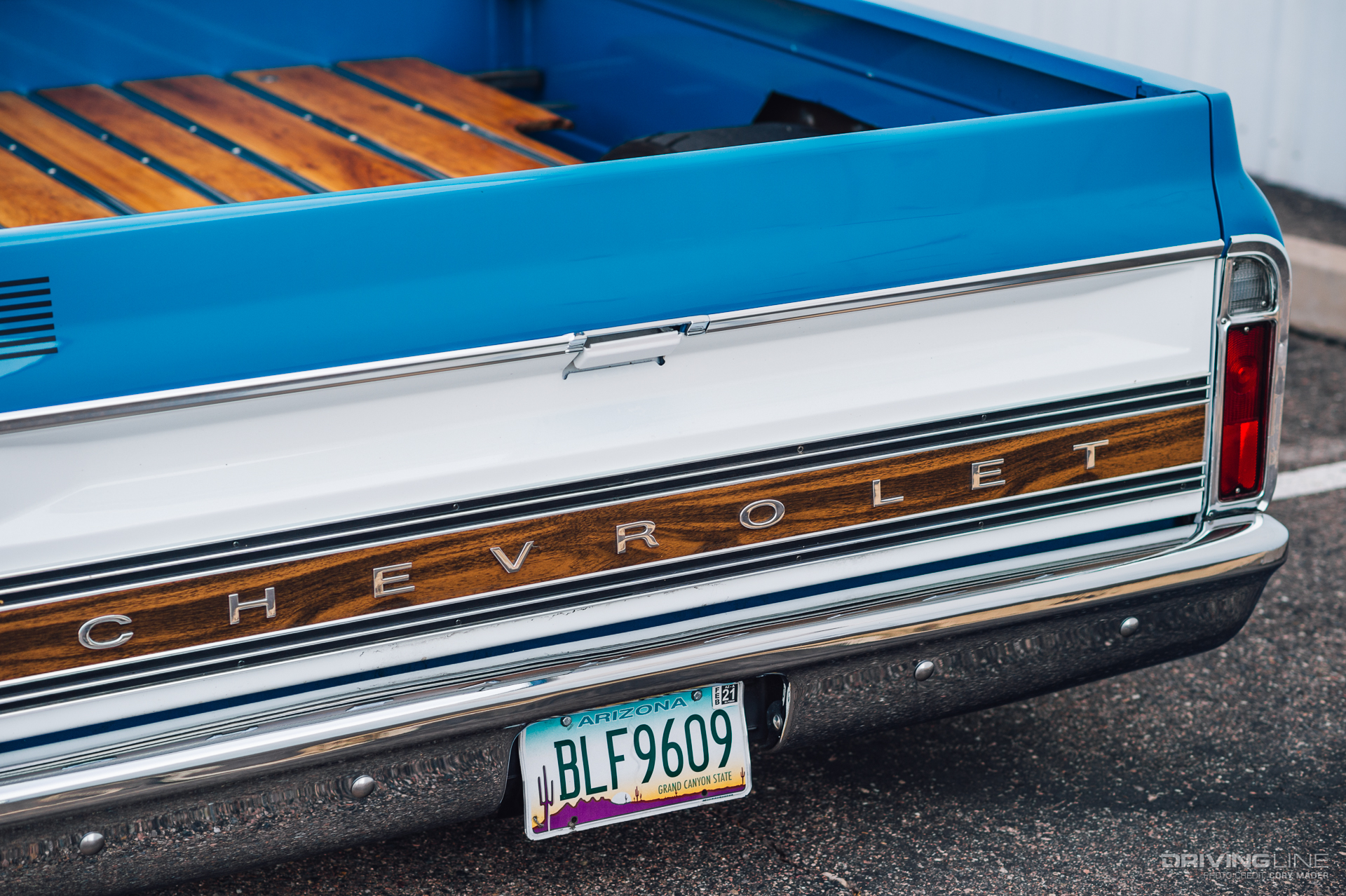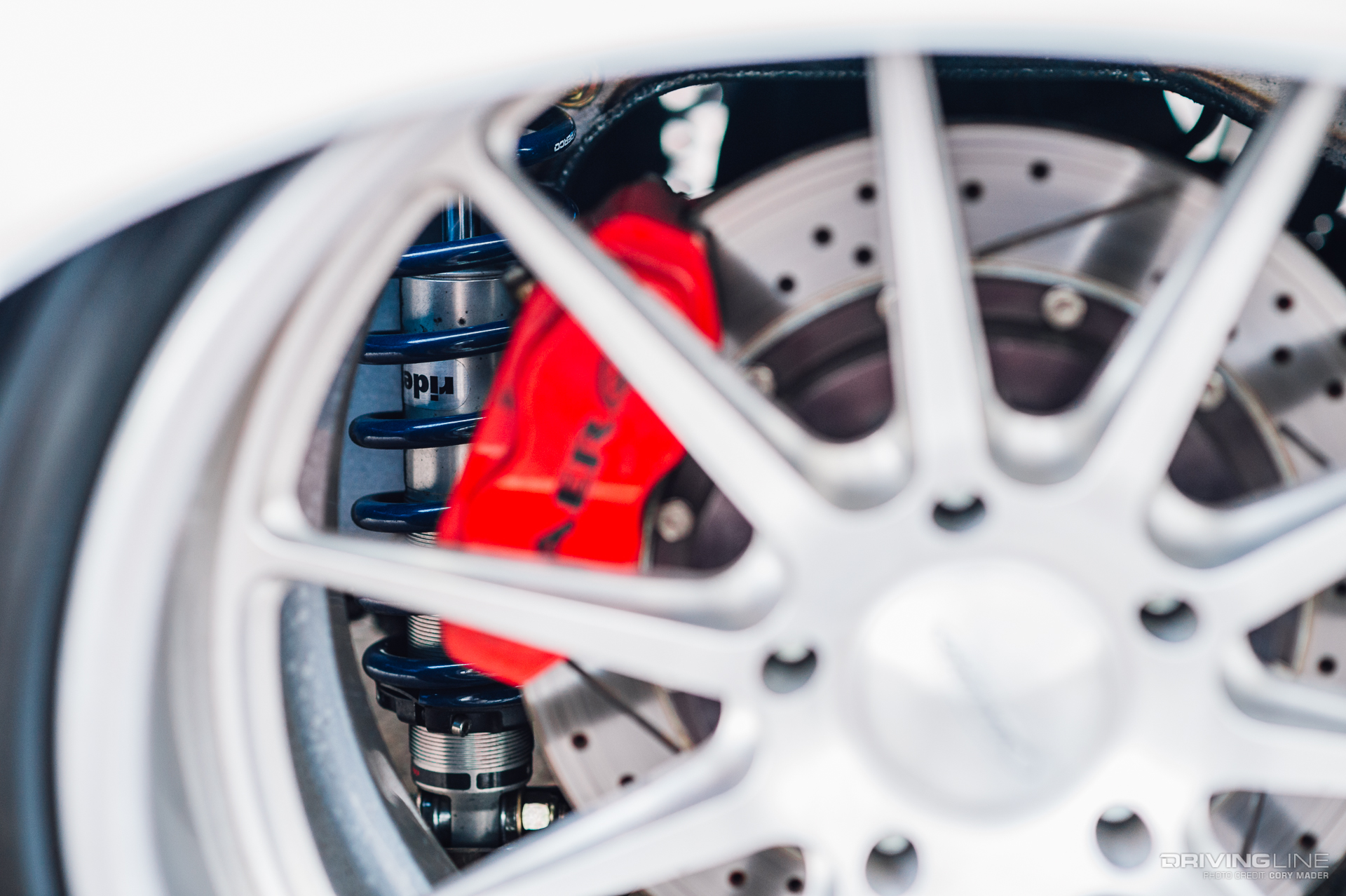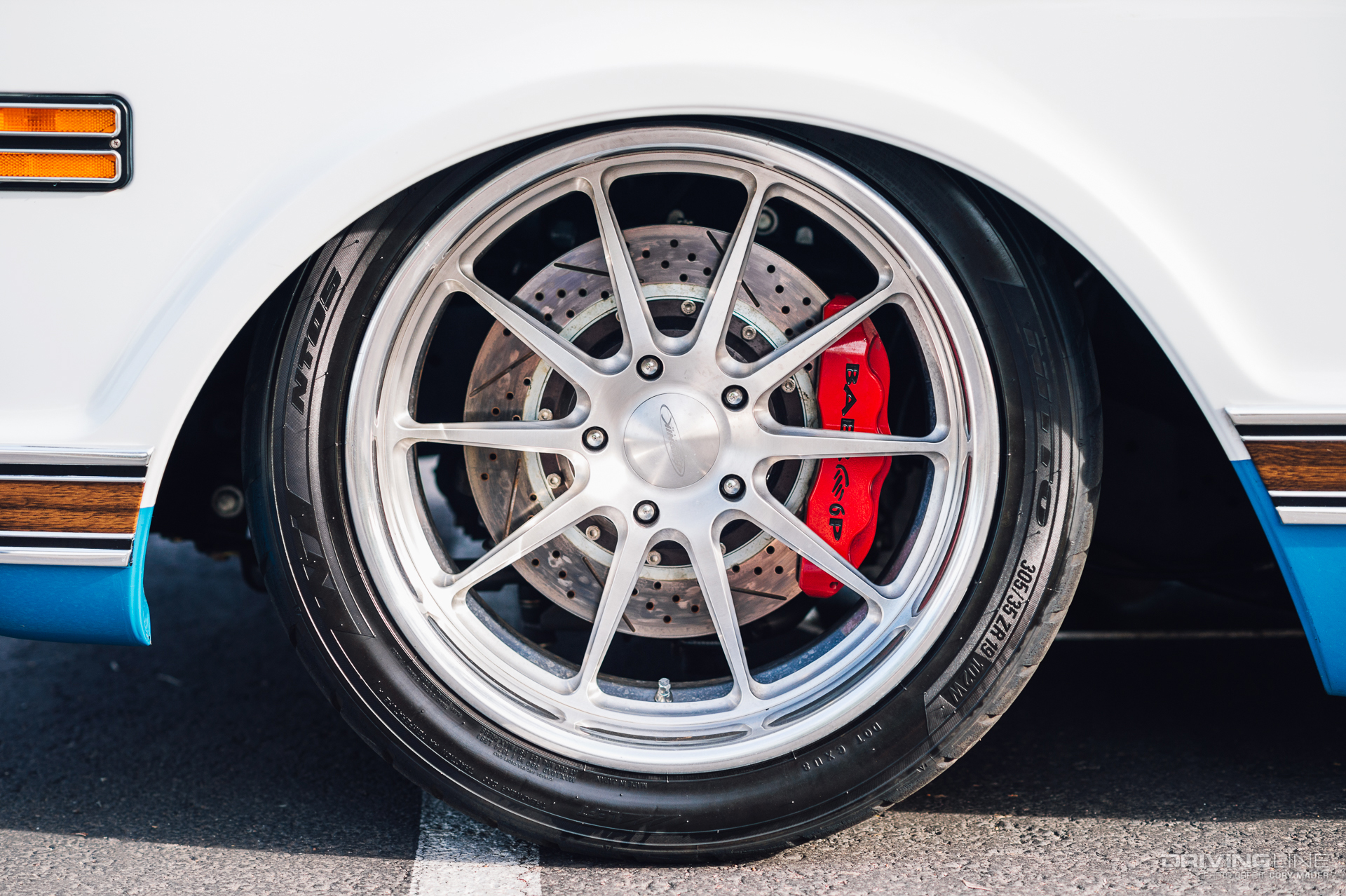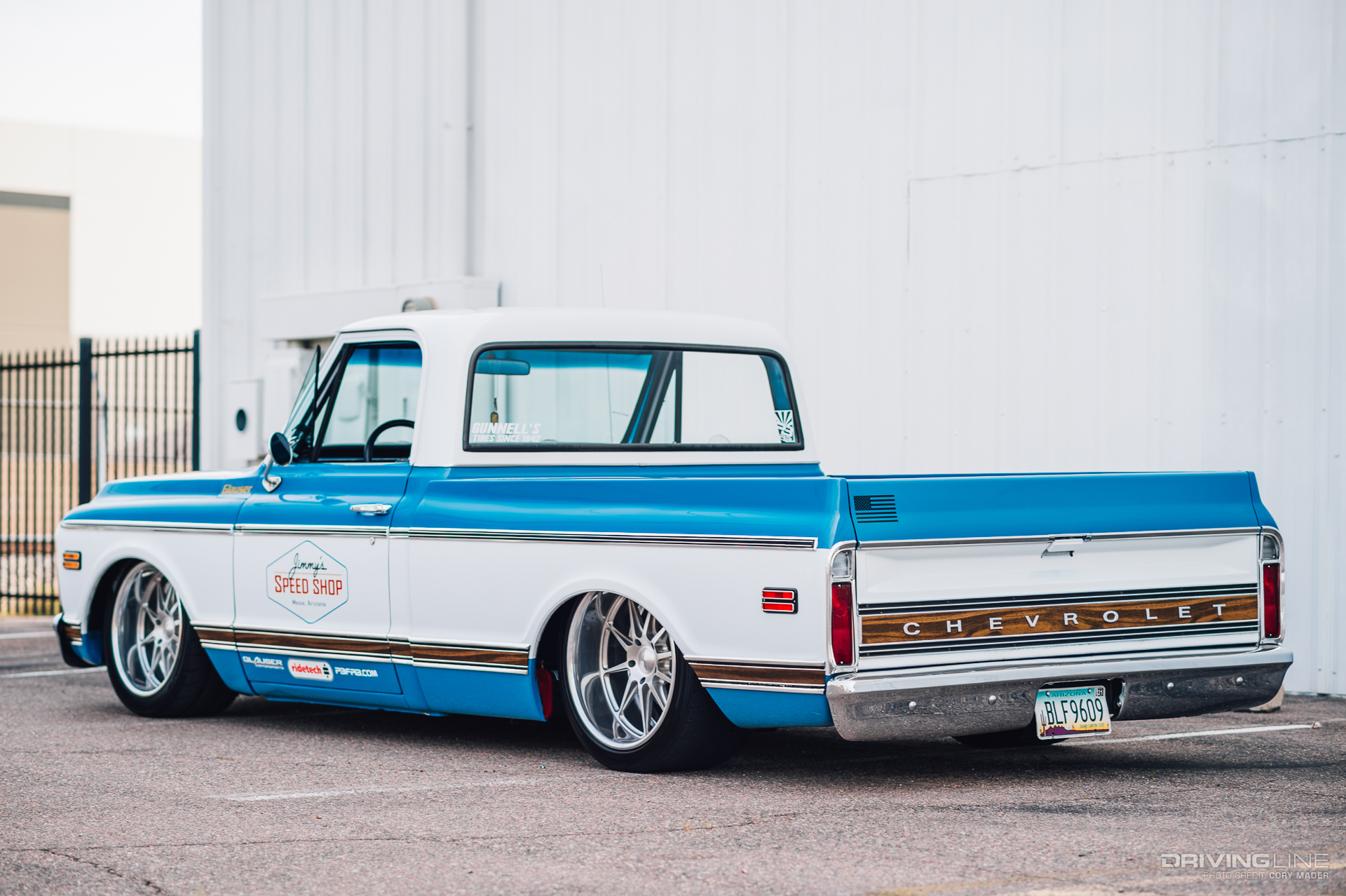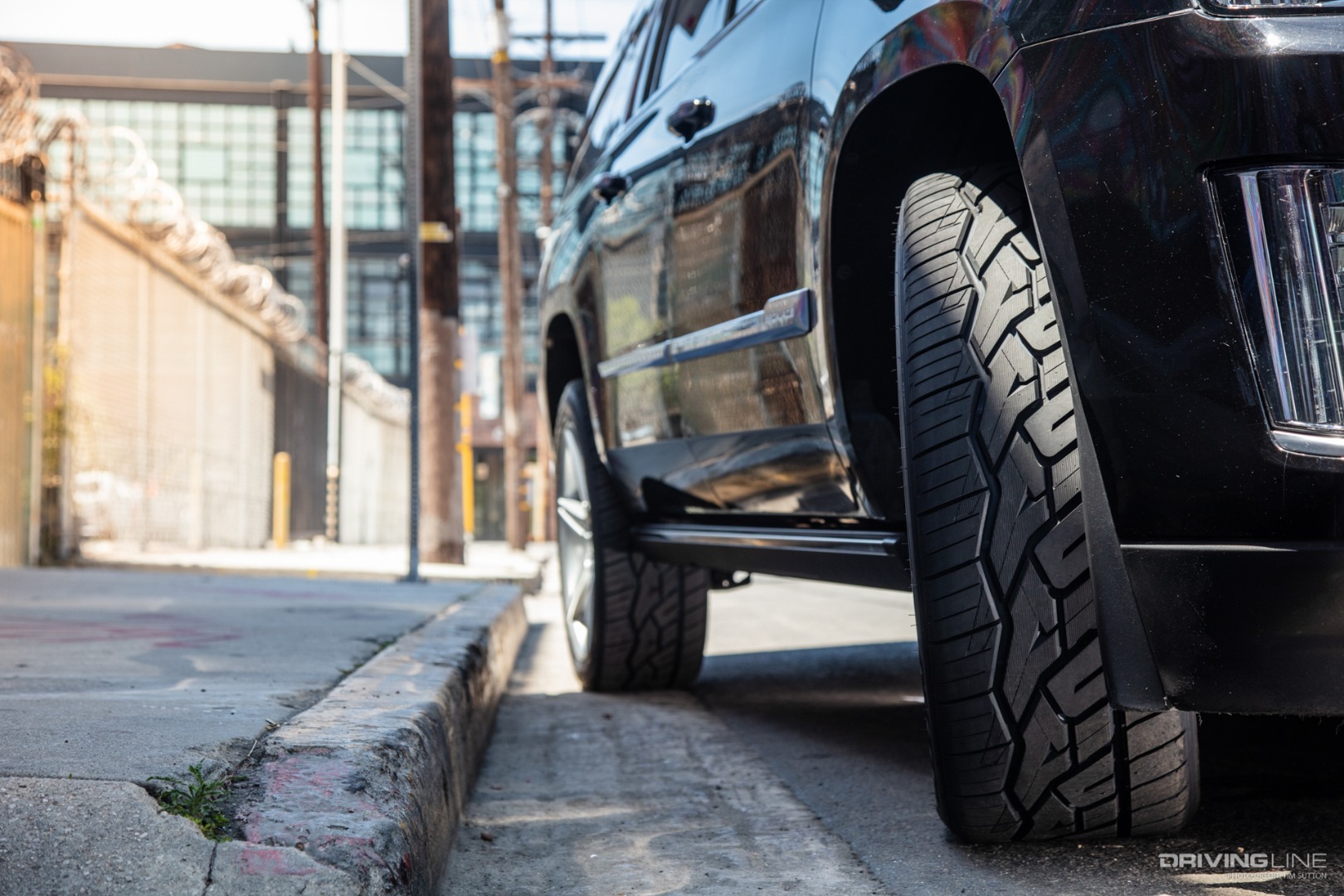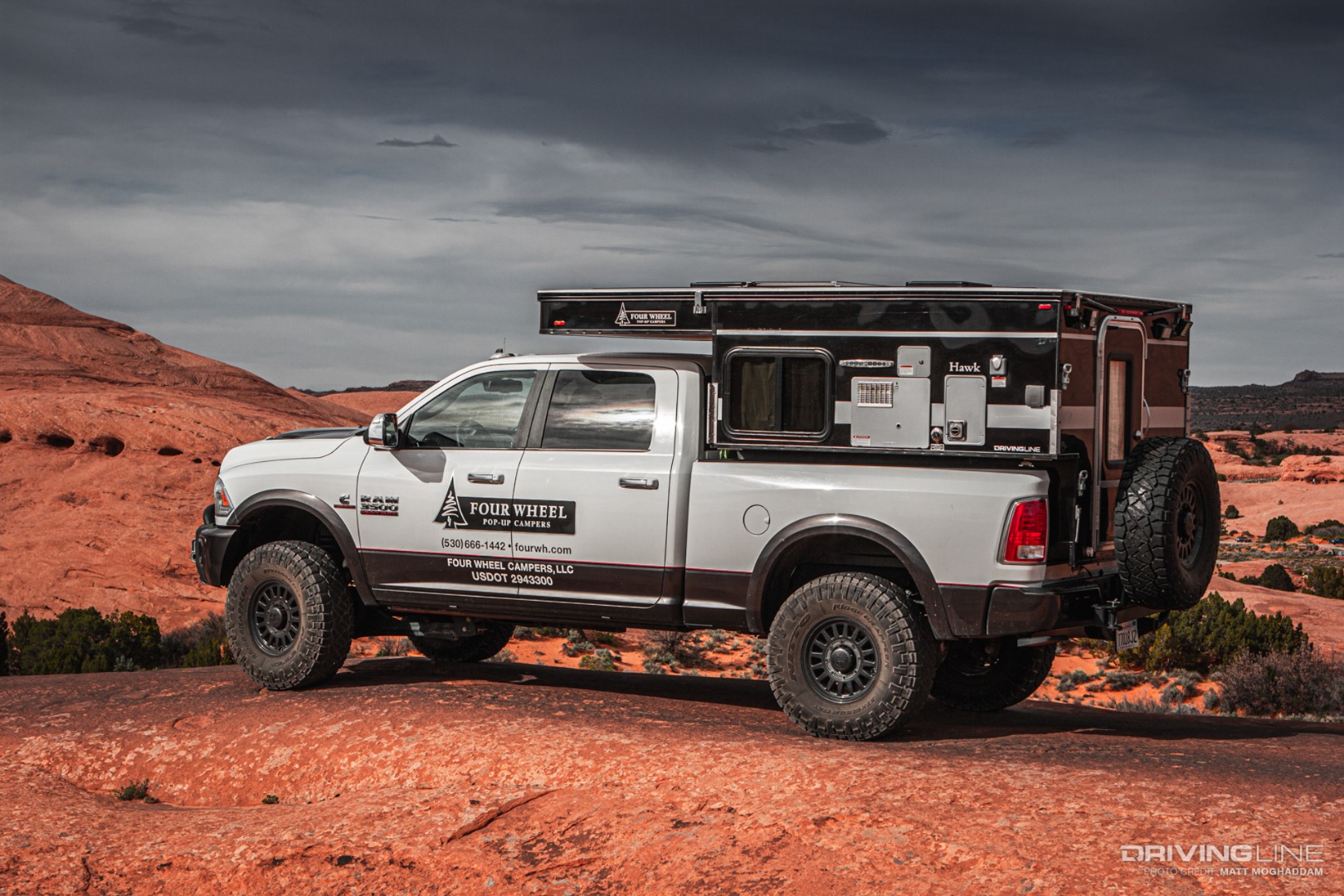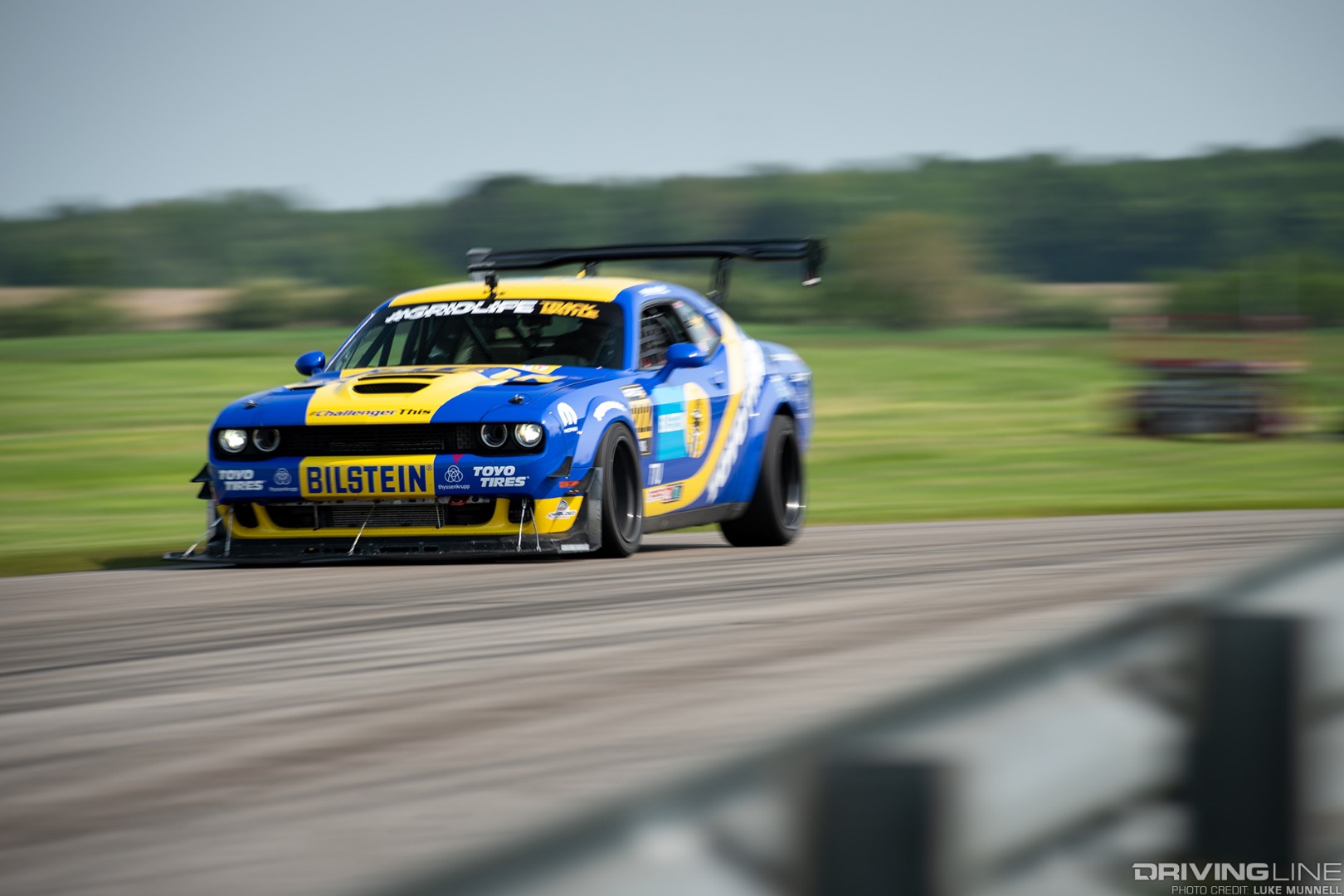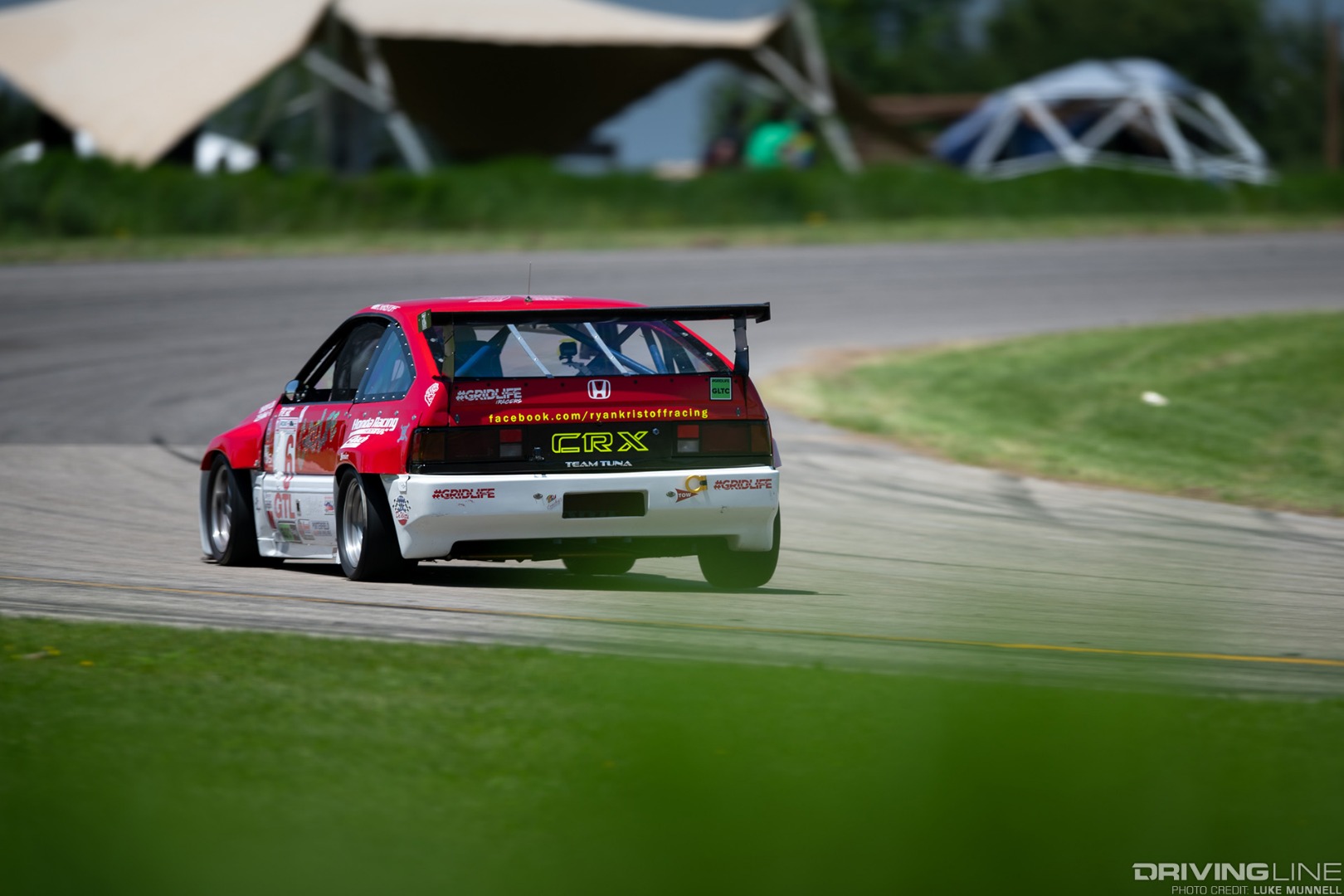The art of the print ad might be diminished somewhat in our digital age, but there's still a treasure trove of unusual art aimed at auto buyers lurking in the archives of every car company out there. The most entertaining ads are time capsules that drag you back to the aesthetics, in-jokes and cultural references that ruled the day they were released, and while some might not have aged as well as others, there are definitely more than a few Madison Avenue ploys worth revisiting for the laughs alone.
Check out our picks for some of the strangest automotive ad campaigns ever to have been unleashed on an unsuspecting public.
1. 1970 Ford Maverick Wants Jazz Flute

One of the most entertaining aspects of vintage car advertising is the complete lack of context that was part and parcel of numerous print promotions. Whether they were linked to pop culture touchstones too ephemeral to have stood the test of time or trying themselves to establish a catchphrase is often almost impossible to figure out.
Take this Ford Maverick ad, for example. A couple dressed in SCUBA gear, standing on a beach, beside their brand new coupe. Outdoorsy, fun, adventurous, and of course, the only text visible reads "and a little more jazz."
What's missing here, Ford? Is Miles Davis lurking in the background, just beneath the waves, stirring up some underwater Bitches Brew? Is that tank perched on the Maverick's hood filled not with a mixture of oxygen and nitrogen, but instead the dulcet tones of Dizzy Gillespie's horn? Have they been breathing PURE JAZZ as they explore the sub-sea beauty of the ocean world?
We'll never know.
2. Mazda's Predator

The Mazda CX-7 was a reasonably interesting to drive mid-size SUV that was eventually split in half to become the CX-9 (larger) and the CX-5 (smaller). What it almost certainly never was, was any kind of mythical car-slaying beast as portrayed in this semi-apocalyptic advertisement.
Even the tag phrase Predator Ride doesn't make much sense. Does the Mazda eat these cars, which also have spines and rib cages, after hunting them down in unsuspecting mall parking lots? Or is this a failed tie-in to one of the many terrible "Predator" movie sequels, intimating that the alien murder machine stalks its prey from behind the wheel of a fuel efficient three-row people mover? Mazda actually did a series of these ads specifically for the Bulgarian market, where apparently no one wants a family hauler unless it is also a ruthless killer.
3. Quiet But Deadly

SsangYong, a Korean auto brand owned by Mahindra, adopted a similar "let's leverage killing" mantra with this ad for its Actyon Sports Dual Cab 'ute. The general gist of it is that its diesel engine is so quiet you could easily sneak up on a wild boar and then blow it to pieces from the rear deck. Not pictured: thousands of creepy stalkers placing orders for the Actyon Sports Dual Cab.
Incidentally, SsangYong ran two additional ads in this campaign. One depicted a rhino trying to have vehicular intercourse with the trucklet, while the other showed it tearing an ATM out of the wall and dragging it with a chain. At least they're consistent.
4. The Ghost of Thunderbirds Past

Let's say the year is 1974, and you're in the market for one of the longest cars on the market, with perhaps the most plush Burgundy Luxury Group interior money can buy. You're trying hard to decide which velvet-like upholstery best matches your velour tracksuit, when suddenly you see the image of a woman in white sitting in the passenger seat of a Ford Thunderbird. Hovering just above her is a faded but sternly terrifying face, still visible through the sunroof against the darkness of the night. It's the Ghost of Thunderbirds Past, and its eyes stare deep into your own, imploring you to make the right choice.
SOLD!
5. Opel's Black Magic Manta

Is there a more compelling call to action in the car-buying world than a woman in an evening gown walking a black panther on a white chain beside an Opel Manta that appears to have plaid seats? Humbly, we submit that there is not.
6. Honda's Love Machine

Let's be honest, if a date pulled up to your house in a Honda Odyssey and then laid down a carpet of rose petals along your walkway that led not to the passenger door of the van, but one of the sliding rear doors, which then opens with such force that it blows even more petals all over the ground, you probably wouldn't get into that van. You'd call the police.
7. Golf Innuendo Is Golden at Dodge

The tail-end of the sexual revolution lead to a lot of weird vibes and ugly divorces once the '70s rolled around. Seeking to capitalize on all of that bad mojo was Dodge, who decided to weaponize that most sexy of sports—golf—and then awkwardly combine it with one of its popular muscle cars—the Charger.
The end result was an effort where Lee Trevino, a man known more for his prowess on the links than his success with the ladies, tried his best to put a brave face on Dodge's swinger innuendo while filling the public's head with images of golf pro key parties and sullen, silent cups of coffee the morning after with someone else's spouse.
8. Doubling Down on Group Activities

Dodge's forays into alternative lifestyles didn't limit its threesomes to the golf course. Consider this ad—coincidentally, also for the Charger—that presents the car as a legitimate rival to a woman's affection for a man named Ralph.
Is Ralph proposing marriage to the car, or to her? Will she "learn to live with" that, too? Or will she hook up with Lee Trevino across some smoky pro shop bar and instead rediscover her own agency and ability to love again? Let's hope Dodge Fever isn't contagious, Lee.
Looking for more automotive oddballs? Check out the weirdest car names of all time.



